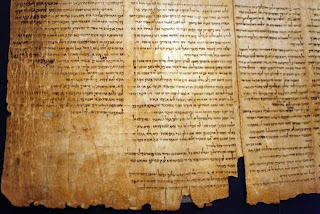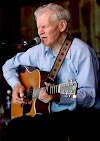Dead Sea Scrolls
Dead Sea Scrolls

Two thousand years after they were written and decades after they were found in the caves of the desert, some of the famous Dead Sea Scrolls went online for the first time Monday in a project launched by Israel National Museum and the Web giant Google.
The appearance of five of the most important Dead Sea Scrolls on the Internet is part of a broader attempt by the guardians of the famous manuscripts - that were once criticized for allowing them to be monopolized by a small circle of scholars - to make them available to anyone with a computer.
The rolls are the biblical book of Isaiah, the manuscript known as the Temple Scroll, and three others. Browsers can search for high-resolution images of the rolls of specific steps, zoom in and out, and translate the lyrics into English.
The originals are safely stored in a vault in a building in Jerusalem, built specifically to house the scrolls. Access requires at least three different keys, a magnetic card and a PIN.
The five scrolls are among those purchased by Israeli researchers between 1947 and 1967 by traders of antiquity, having been found by Bedouin shepherds in the Judean Desert.
The scrolls, considered by many to be the most significant archaeological find of the 20 th century, is thought to have been written or collected by an ascetic Jewish sect that fled Jerusalem for the desert 2,000 years ago and settled in Qumran on the shores of Dead Sea. The hundreds of manuscripts that have survived, in part or in whole, in caves near the site have shed light on the development of the Hebrew Bible and the origins of Christianity.
The most complete scrolls are held by the Museum of Israel, with more pieces and fragments are smaller than in other institutions and private collections. Tens of thousands of fragments from 900 manuscripts from the Dead Sea are held by the Israel Antiquities Authority, which began its own separate project to put online in cooperation with Google.
The photographic work on the project began earlier this month to coincide with a former NASA scientist. A camera developed at the $ 250,000 Santa Barbara, California, allows researchers to distinguish words and other details not visible to the naked eye.
The effort most recent photographs of two technical centers on a fragment of a manuscript known as the Scroll of Thanksgiving. On a computer screen was a piece of the Apocryphon of Daniel, an Aramaic text which includes a verse reference to a figure "will be called the Son of God." The first fragments which will be online by the end of the year.
The Antiquities Authority project, aimed primarily at scholars, is tentatively set to be complete by 2016, when almost all the rolls will be available on the Internet.




Post a Comment
0 Comments